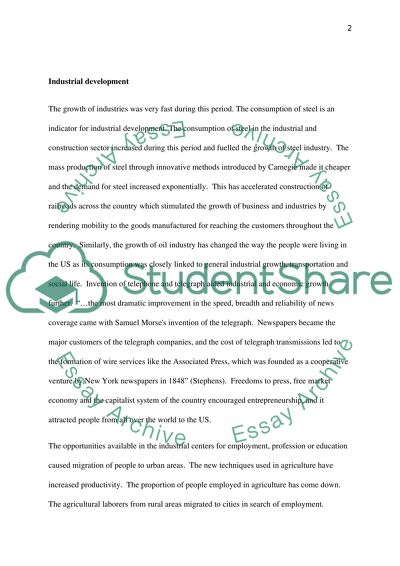Cite this document
(“How the Industrial Revolution, post 1865, influenced migration and Research Paper”, n.d.)
How the Industrial Revolution, post 1865, influenced migration and Research Paper. Retrieved from https://studentshare.org/history/1460695-how-the-industrial-revolution-post
How the Industrial Revolution, post 1865, influenced migration and Research Paper. Retrieved from https://studentshare.org/history/1460695-how-the-industrial-revolution-post
(How the Industrial Revolution, Post 1865, Influenced Migration and Research Paper)
How the Industrial Revolution, Post 1865, Influenced Migration and Research Paper. https://studentshare.org/history/1460695-how-the-industrial-revolution-post.
How the Industrial Revolution, Post 1865, Influenced Migration and Research Paper. https://studentshare.org/history/1460695-how-the-industrial-revolution-post.
“How the Industrial Revolution, Post 1865, Influenced Migration and Research Paper”, n.d. https://studentshare.org/history/1460695-how-the-industrial-revolution-post.


